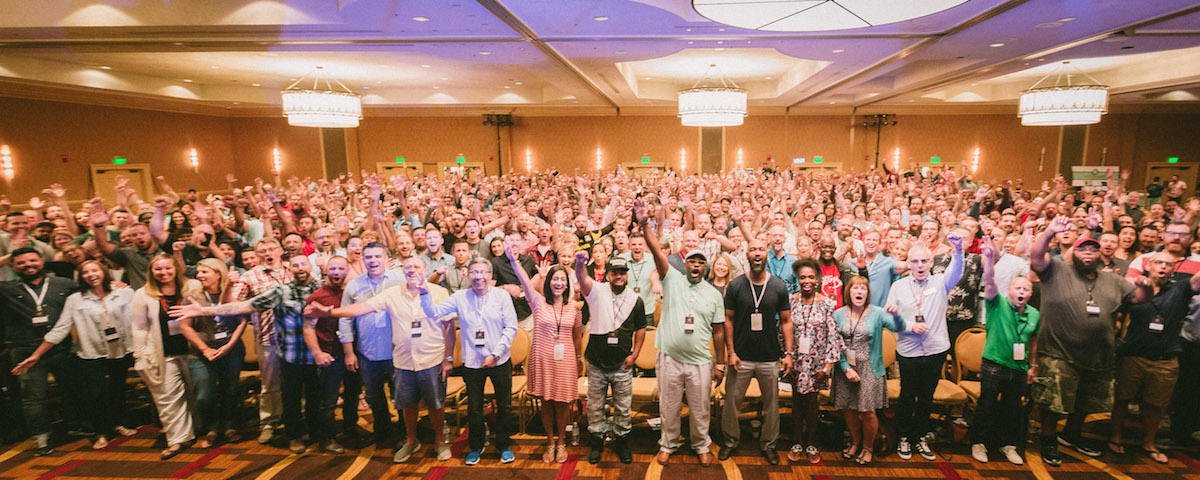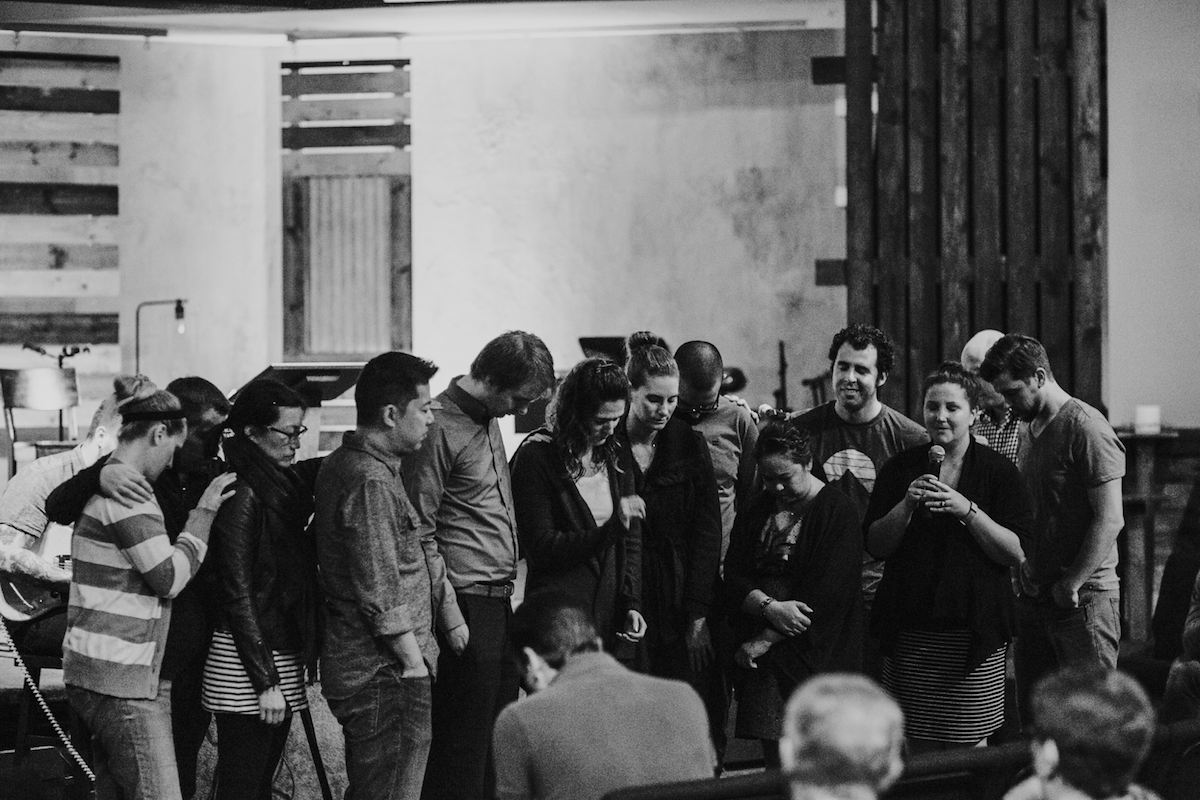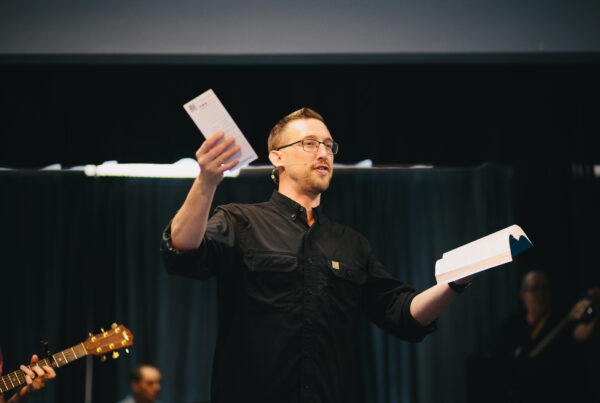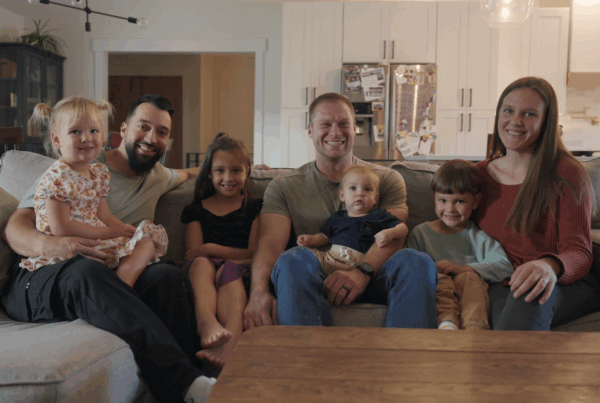In part one of this blog series, we introduced the idea that the biblical vision of diversity is based upon two fundamental doctrines of Scripture:
1. The Unity of the Human Race
2. The Universality of God’s People
We took a look at the first of those two doctrines in the first post of the series. In this second post, we will take a deeper look at the second doctrine: The Universality of God’s People.
The Hebrew prophet Joel proclaimed that in the latter days God would pour out his Spirit on all people. “And afterward, I will pour out my Spirit on all people. Your sons and daughters will prophesy, your old men will dream dreams, and your young men will see visions. Even on my servants, both men and women, I will pour out my Spirit in those days” (Joel 2:28-29, NIV).
This world-wide embrace of the Holy Spirit reaches over all barriers of ethnicity, class, and gender, a point made emphatic by God’s message through the prophet Joel. It is fitting that this text, so rich in its multicultural implications, became the key text for the Apostle Peter’s sermon at Pentecost when people of some fifteen language groups first heard the gospel preached in their own native tongues (Acts 2:8-12, 16-21). Significantly, the Pentecost event did not involve a miracle of hearing, whereby each person was made to understand one language, but a miracle of speaking, whereby the apostles preached in many languages to the gathered crowds.
Through Isaiah, God calls specific ethnic groups to Himself. “In that day the root of Jesse, who shall stand as a signal for the peoples—of him shall the nations inquire, and his resting place shall be glorious. In that day the Lord will extend his hand yet a second time to recover the remnant that remains of his people, from Assyria, from Egypt, from Pathros, from Cush, from Elam, from Shinar, from Hamath, and from the coastlands of the sea. He will raise a signal for the nations and will assemble the banished of Israel, and gather the dispersed of Judah from the four corners of the earth” (Isaiah 11:10-12).
As people from various ethnicities, nations, and languages come to faith in Jesus Christ, He reconciles them in Himself to God the Father and therefore to each other. “But now in Christ Jesus, you who once were far off have been brought near by the blood of Christ. For he himself is our peace, who has made us both one and has broken down in his flesh the dividing wall of hostility by abolishing the law of commandments expressed in ordinances, that he might create in himself one new man in place of the two, so making peace, and might reconcile us both to God in one body through the cross, thereby killing the hostility” (Eph 2:13-16). This creates an inherent and God-given diversity in the Church.
Another way that we see the universality of God’s people is in the fact that the Church enjoys diversity in membership and leadership. As Paul wrote to the divisive Christians at Corinth, “The body is a unit, though it is made up of many parts . . . so it is with Christ” (1 Corinthians 12:12-13). You can listen here to a session on this topic from our 2018 Annual Conference.
We also see in Acts 11: 19-26 that Antioch was where for the first time Jewish and Gentile Christians worshiped God together with a plurality of leaders who stood on equal footing. Though not necessarily obvious upon a first reading of the passage, the Antioch church’s diversity is dramatically displayed in the names of its leaders in Acts 11:
- Barnabas – a wealthy Cypriot-born Jewish Levite
- Simeon (called Niger) – probably a black African proselyte
- Lucius of Cyrene – probably a Greco-Roman from North Africa
- Manaen (brought up with Herod the Tetrarch) – a Hellenized Jewish aristocrat whose name is the Greek form of the Hebrew Menahem
- Saul – a Tarsus-born Jew raised in Jerusalem, otherwise known by the Greco-Roman name Paul
The Book of Acts emphasizes the cultural diversity of the Antioch church because it was here that the disciples were first called Christians (Acts 11:26). The newly coined term, meaning “Those of Christ,” was invented to describe these believers in their unprecedented mix. Pagan Antiochians knew about Jews worshiping in their synagogues. They also had heard of Gentiles who had become proselytes to Judaism, and they likely were familiar with the “God-fearers,” Gentiles who revered Israel’s God but who stopped short of full conversion. They could not account, however, for the strange multi-equality of these Antioch followers of Christ.
All of this is in keeping with the Great Commission itself, in which Jesus Christ commands his church to disciple all the ethnoi, lit., all the “people-groups” of the world (Matthew 28:19). Hence, the term, “Christian,” stands as a powerful testimony to the reconciliation and diversity of individuals and cultures in Christ.
The surpassing unity of final redemption is expressed in Scripture with language celebrating the multicultural and multilingual heritage of the redeemed. “After this I looked, and behold, a great multitude that no one could number, from every nation, from all tribes and peoples and languages, standing before the throne and before the Lamb, clothed in white robes, with palm branches in their hands, and crying out with a loud voice, ‘Salvation belongs to our God who sits on the throne, and to the Lamb’” (Revelation 7:9-10)! The diversity seen in Revelation 7 points to reconciliation rather than the obliteration of cultural distinctions or the forming of a new and monolithic people.
Understanding this eternal reality, every Christian and Church should make the display of unity in love among the diverse body of Christ a non-negotiable priority. As Jesus commanded and prayed in the Gospel of John, this gives an evangelistic appeal to the world.
Read part 3 of this blog series here.











